Malta witnessed a rare event on Sunday with the arrival of an Egyptian Vulture (Neophron percnopterus), just hours before the hunting season opened on 1 September. Thanks to cooperation between the Italian association CERM (Endangered Raptors Centre) and BirdLife Malta, the bird’s movements were tracked by satellite and monitored closely throughout its stay.
Hugo, as named by CERM, is one of only two chicks hatched this year at CERM’s captive-breeding centre in Tuscany. Raised in captivity, he is part of efforts to reinforce the dwindling wild population of one of Europe’s rarest raptors. The species is listed as Endangered on the IUCN Red List, with just around ten breeding pairs left in Italy, mostly in Sicily.
Sightings in Malta are extremely rare, usually involving young birds on their first migration to Africa. Their rarity, however, also makes them prime targets for illegal hunters and taxidermy collectors.
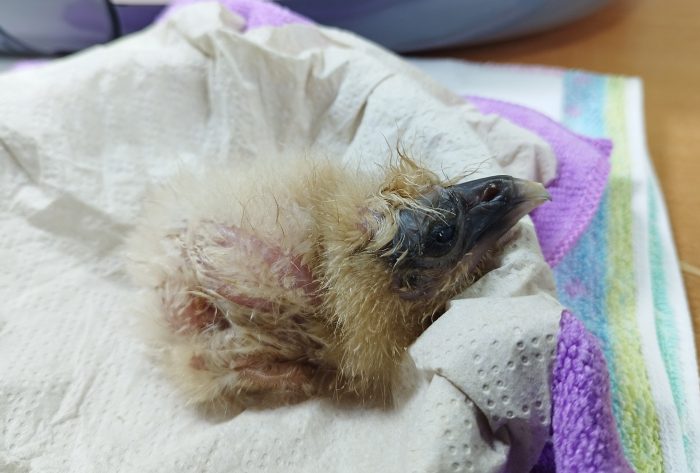
by Anna Cenerini
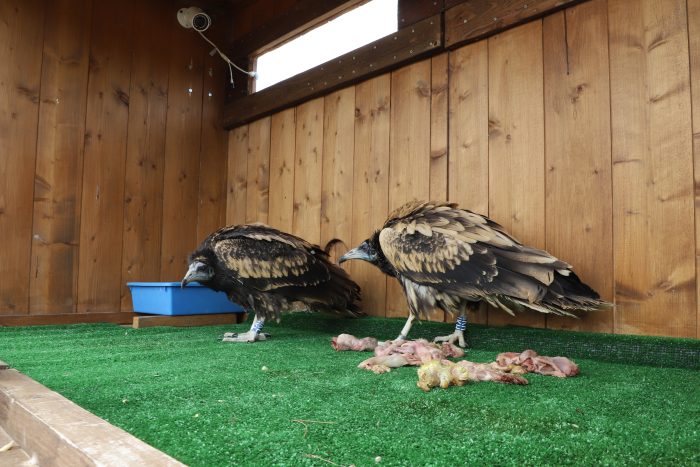
by Anna Cenerini
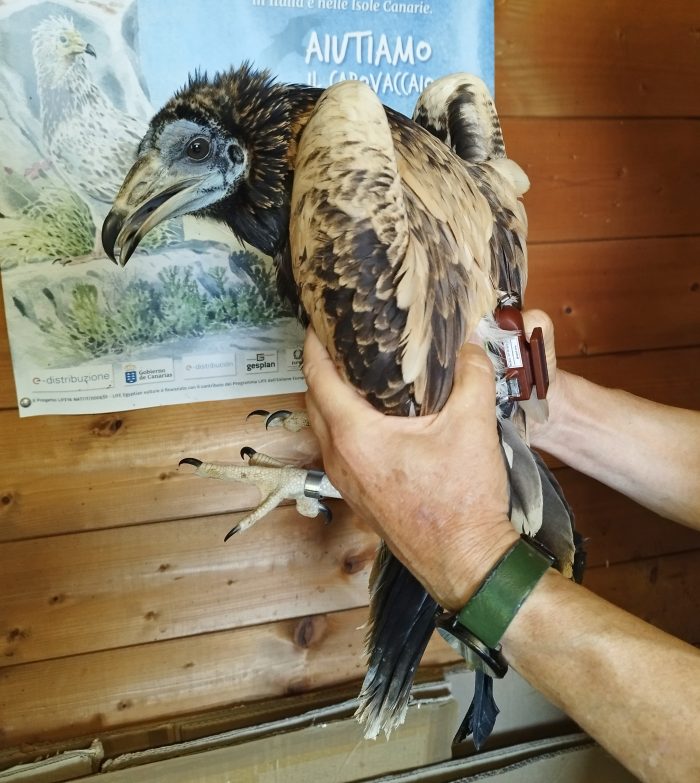
by Anna Cenerini
Previous visits from Egyptian Vultures hatched at CERM have ended in tragedy: Isabel disappeared near Dingli Cliffs in 2021 and was believed to have been shot, while Tommy was killed in 2022, his transmitter later found washed ashore at Ġnejna Bay.
Hugo began his migration on 26 August from southern Italy. He reached Malta on Sunday afternoon, flying over Marsascala, Marsaxlokk and Buskett, where birdwatchers enjoyed spectacular views. That night he roosted along the Victoria Lines, closely followed by a joint BirdLife Malta-Malta Rangers Unit team and was then guarded overnight by teams of volunteers.
With the hunting season opening the following morning, the risks increased sharply. After nearby gunshots, BirdLife Malta and the Environmental Protection Unit (EPU) located him resting safely on private land.
Over the next two days Hugo twice attempted to leave, once reaching 25 km out to sea before strong headwinds forced him back. He finally settled at Majjistral Park, where food was placed to help him regain strength.
On Tuesday morning Hugo set off again, passing Mtaħleb before committing to the crossing at Filfla around 11:30am. This time favourable northwesterly winds helped him continue his journey to the African coast.
“This story shows Malta’s strategic importance in protecting endangered species, and how international and local collaboration can make the difference for Egyptian Vultures now on the brink of extinction,” said Nicholas Barbara, BirdLife Malta’s Head of Conservation. “Safeguarding even one bird takes huge effort in a country where illegal hunting remains a serious threat.”
CERM President Guido Ceccolini added: “Raising a single vulture in captivity takes months of work and costs thousands of euros. Without protection, that investment is wasted to taxidermy. Thanks to BirdLife Malta, its volunteers and the police, Hugo is now part of a success story rather than a tragedy.”
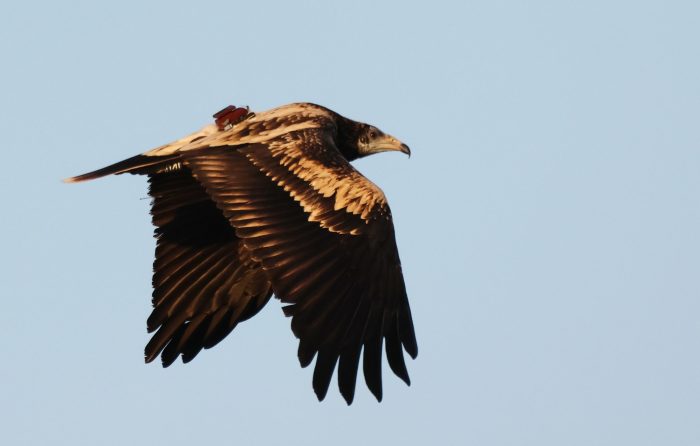
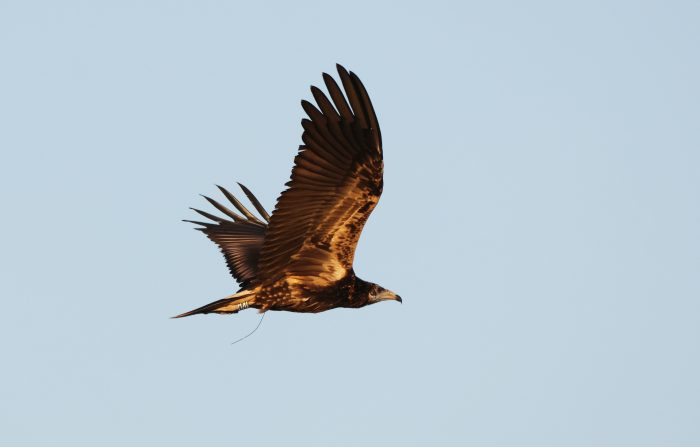
Hugo is expected to continue his first migration across the Algerian desert into sub-Saharan Africa, where he will likely remain for the first three years before returning to Europe to start breeding around his sixth year of life.
You can read our press release in Maltese here.
